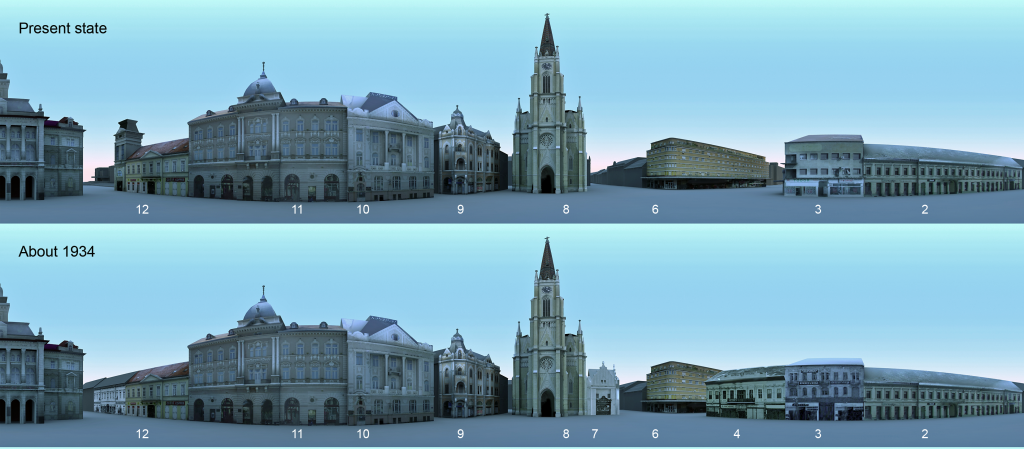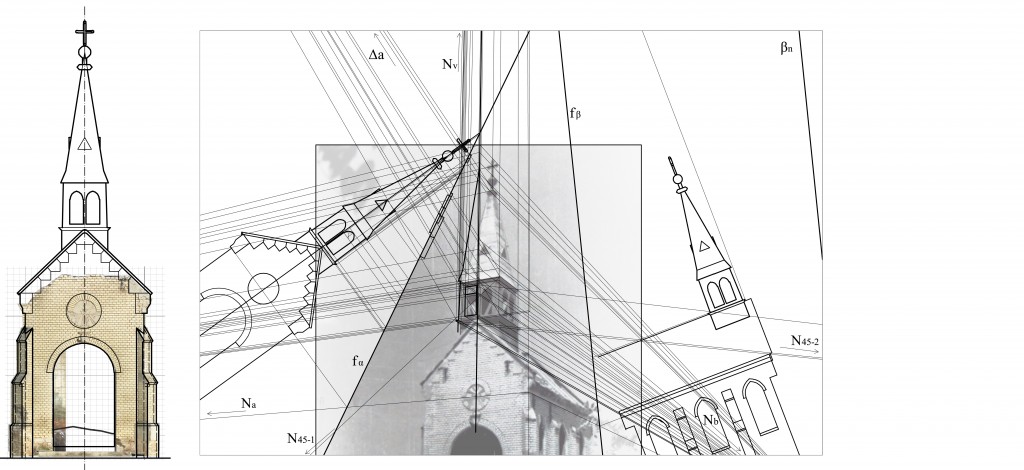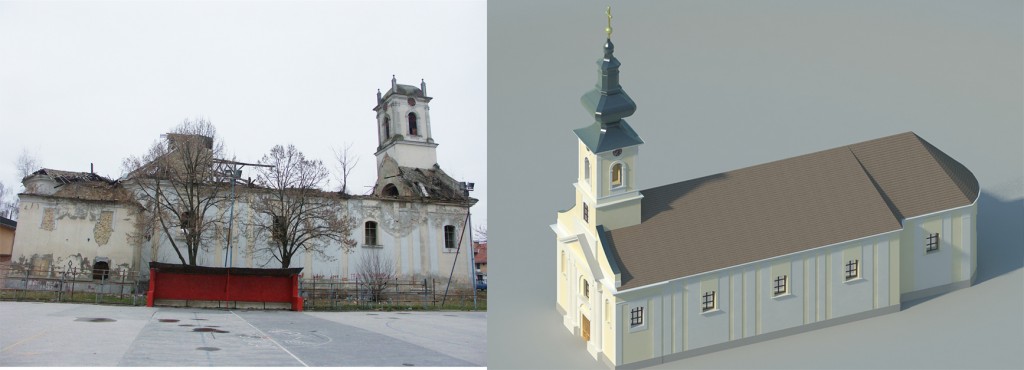Stojaković V. and Tepavčević B., 2011. Journal of Cultural Heritage. Vol12, Issue 1, pp.105‐110.
Abstract: In this paper, various methods were combined to create a morphogenetic reconstruction of Liberty Square in Novi Sad using photo documentation as input data. Three-dimensional morphogenetic reconstruction of the city square provides the most comprehensive way of tracking changes in its structure through relative time periods. Transformations of Liberty Square are followed from the year 1885 to present day. Through that period, Liberty Square has undergone dramatic changes in its shape and structure. Previous appearances of the square are known from preserved historical photographs and mapping documentation. Old photographs and new digitally captured images were combined through different modeling approaches in attempt to find the most efficient way to reconstruct characteristic development phases of the square. Existing objects are generated through the use of different styles of photogrammetric modeling; however, non-existing or modified objects are generated by application of historical photo restitution combined with 3D modeling. Adequate simultaneous usage of all methods provides optimal results.
Online version of article:


